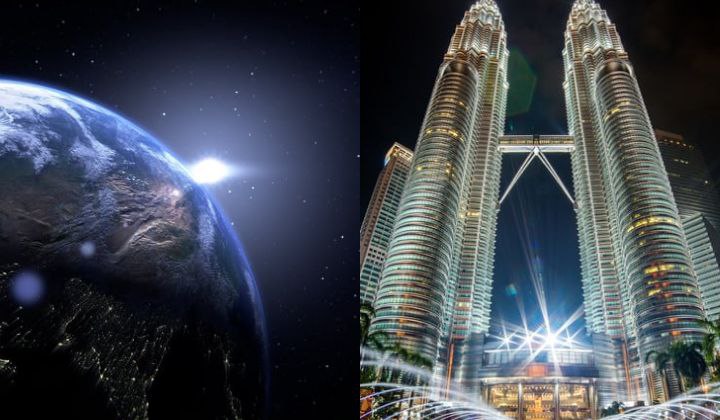“Shadowlesss Noon Phenomenon” In Malaysia Next Week (It’s Not A Band, No Need To Look For Tix)
MOSTI says Malaysia will experience a shadowless noon phenomenon this coming Wednesday and Thursday.

Subscribe to our FREE Newsletter, or Telegram and WhatsApp channels for the latest stories and updates.
The equinox phenomenon refers to the time of year when the sun crosses the celestial equator, resulting in nearly equal lengths of day and night worldwide.
The equinox happens twice a year, around 20 March (spring equinox) and 22 September (autumn equinox).
During these times, the sun is directly above the equator, causing the lengths of day and night to be almost equal, with only a few minutes difference.
The equinox phenomenon is notable because it marks the transition between the northeast monsoon and the southwest monsoon.
This transition can bring changes in weather patterns, such as shifts in rainfall and temperature.
In a recent Facebook post, The Ministry of Science Technology and Innovation (MOSTI) announced that Malaysia will experience the shadowless noon phenomenon next week.
Yesterday, the sun was directly above the Equator throughout the day, known as the equinox phenomenon.
During this time, the entire world will experience equal lengths of day and night, with 12 hours of daylight and 12 hours of night.
“For areas directly on the Equator such as Pontianak, Indonesia, and Quito, Ecuador, there will be a ‘shadowless’ noon.”
The shadowless noon phenomenon in Malaysia will occur slightly after the equinox, such as in Putrajaya on 27 March (Wednesday) and in Kuala Lumpur on 28 March (Thursday).
Some Facebook users are wondering if there has always been a difference between the lengths of day and night, which MOSTI responded with a comment.

“For those of us near the Equator, we don’t feel much difference between day and night because our daylight and night-time hours are roughly the same throughout the year. In areas with four seasons, daytime is longer than night-time in summer and shorter in winter. Only on the equinoxes do day and night have equal lengths in areas with four seasons (winter, spring, summer, and autumn).”
The equinox can go unnoticed as its effects can be subtle, especially in regions close to the equator where the difference in day length throughout the year is not as pronounced.
In these areas, the equinox may not bring significant changes in daylight hours compared to other times of the year.
People’s daily routines and lifestyles can also play a role. Many people are indoors during the equinox and may not be actively observing the length of daylight.
Moreover, the equinox is a natural event that occurs annually, so it may not always stand out as a particularly remarkable occurrence for everyone.
Share your thoughts on TRP’s Facebook, Twitter, and Instagram.





